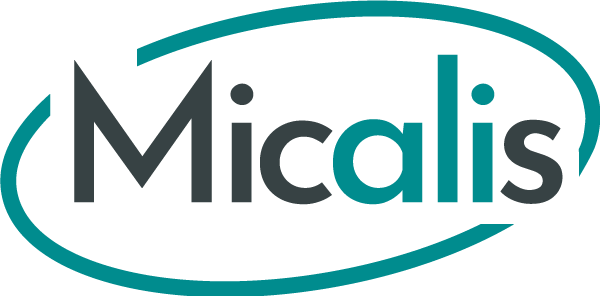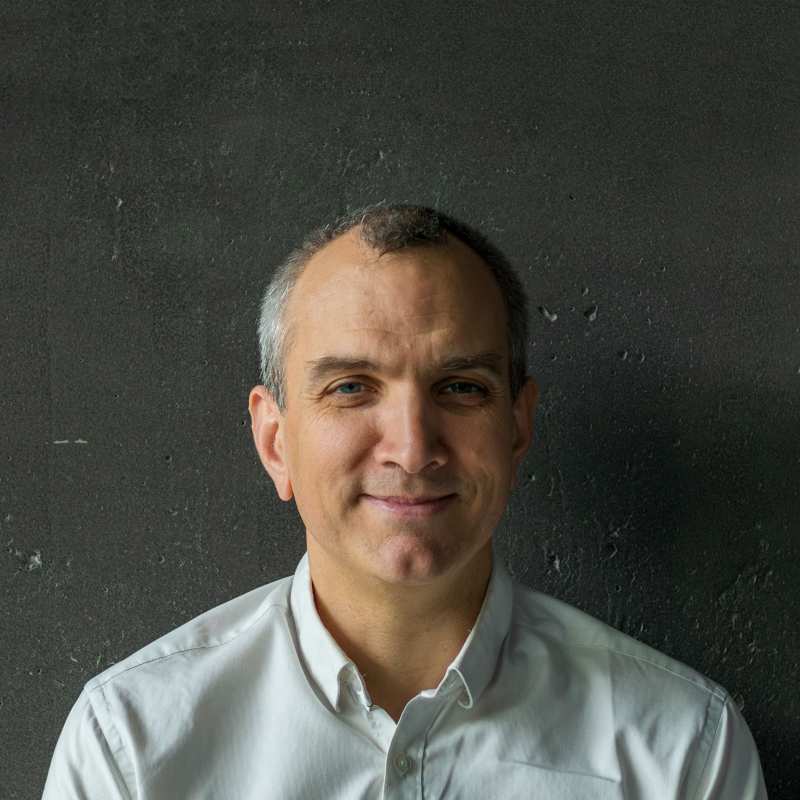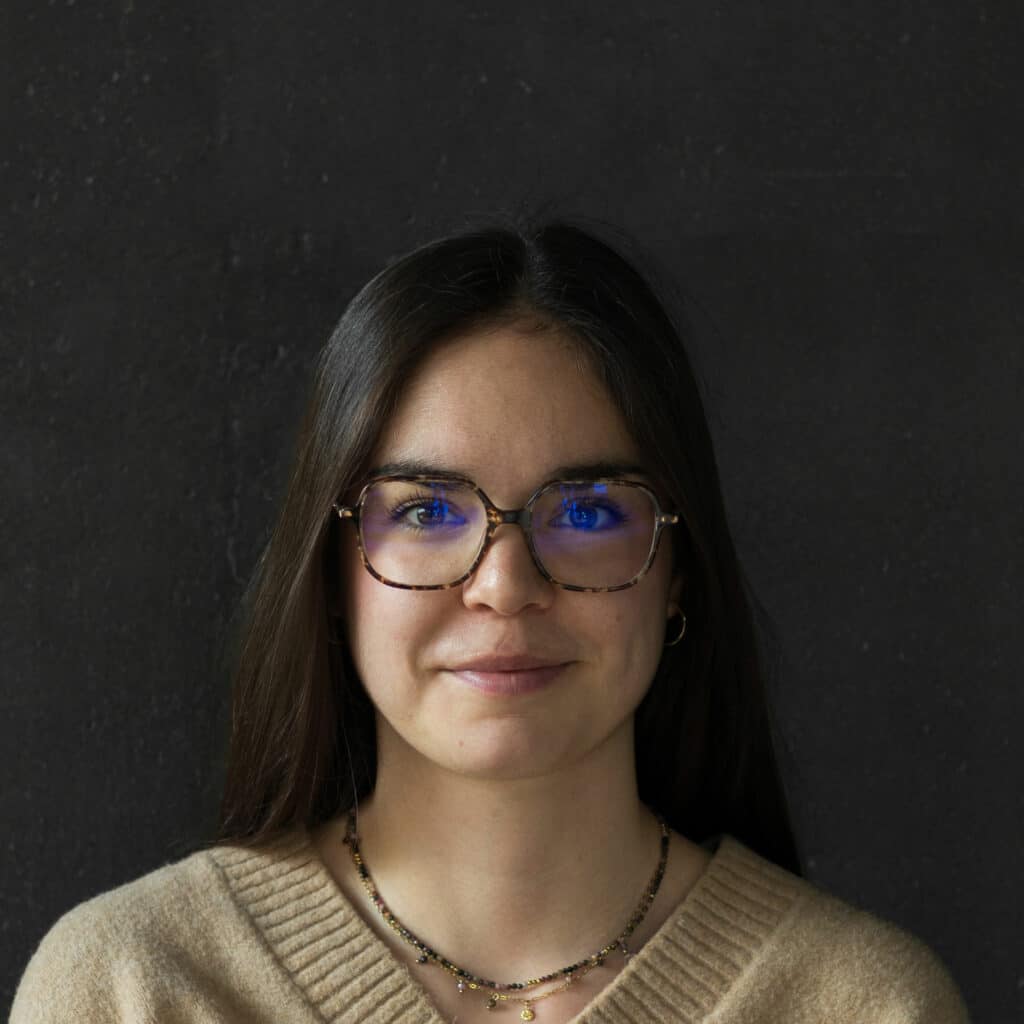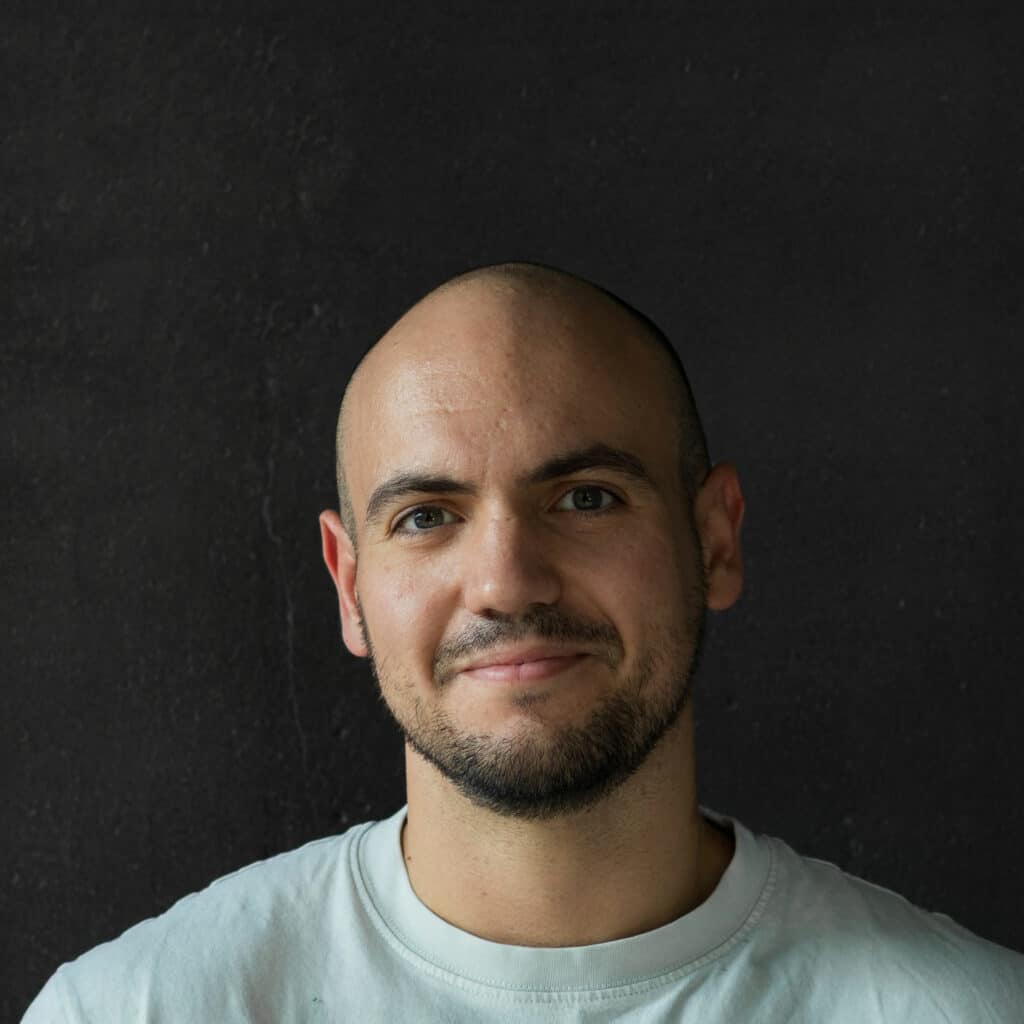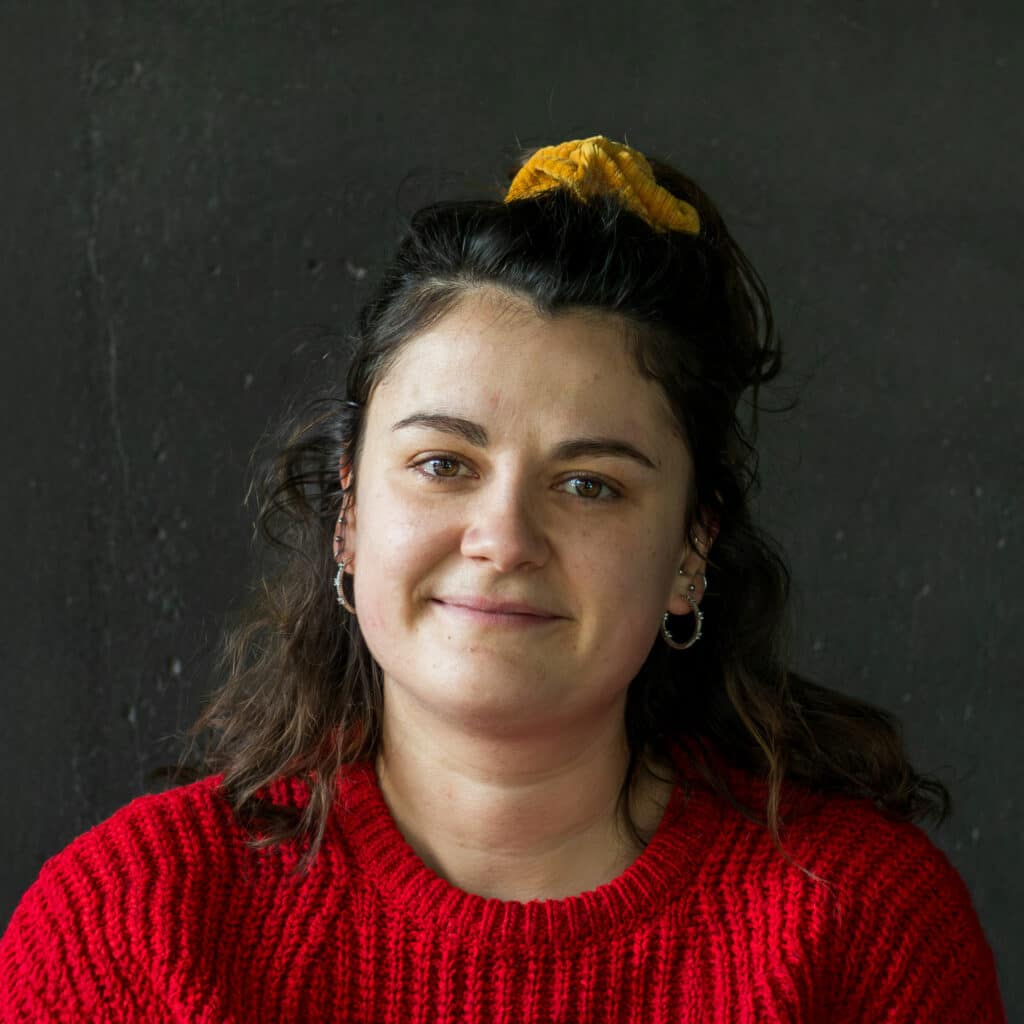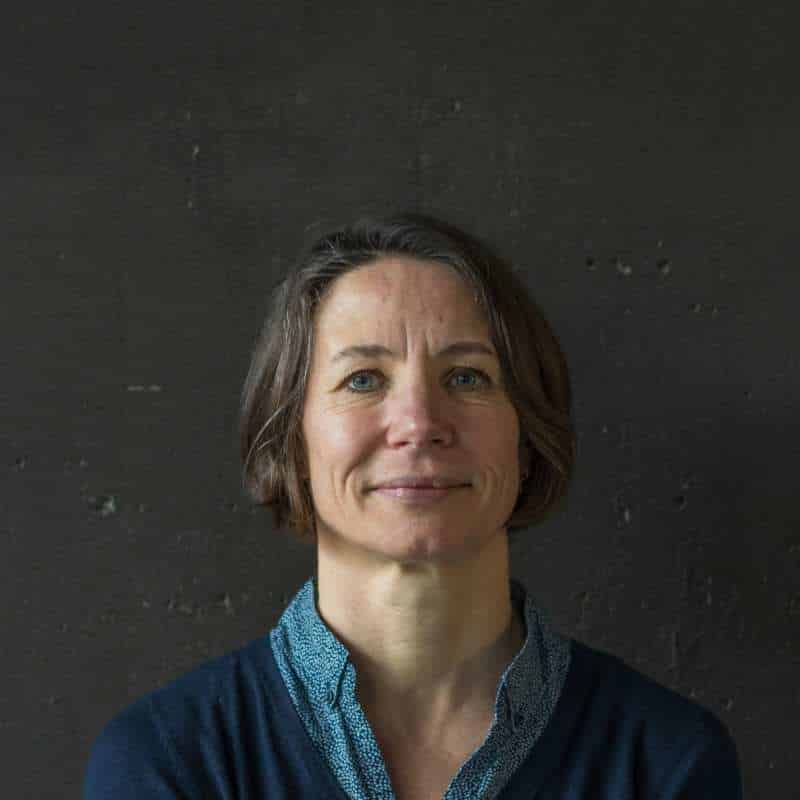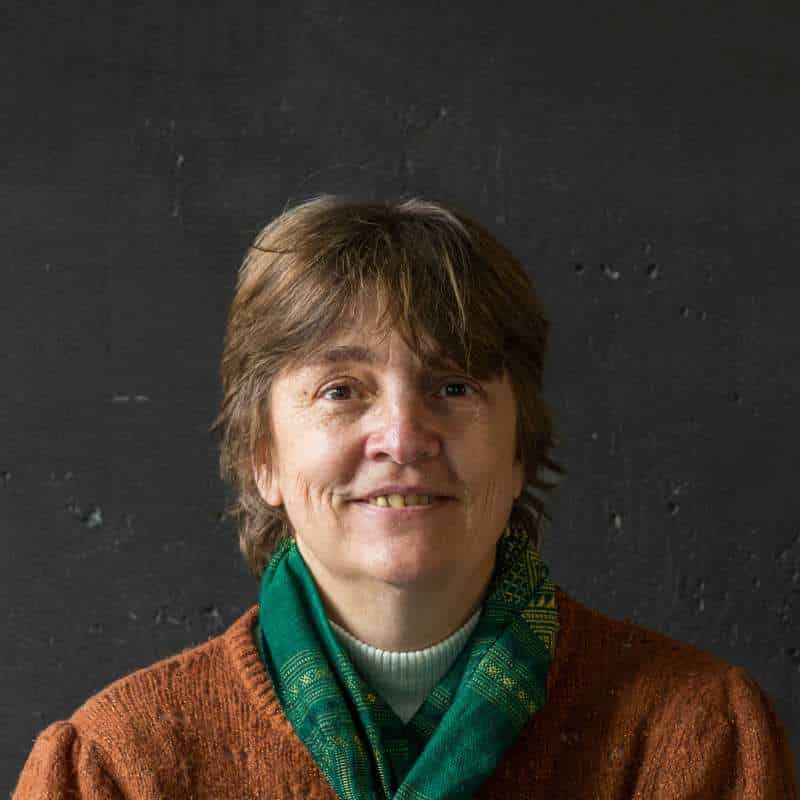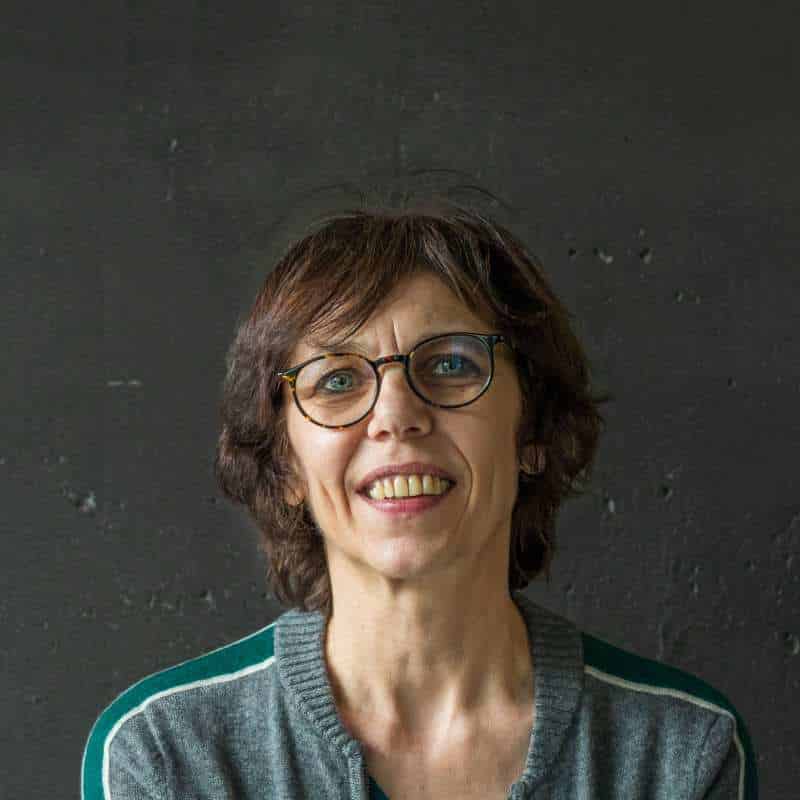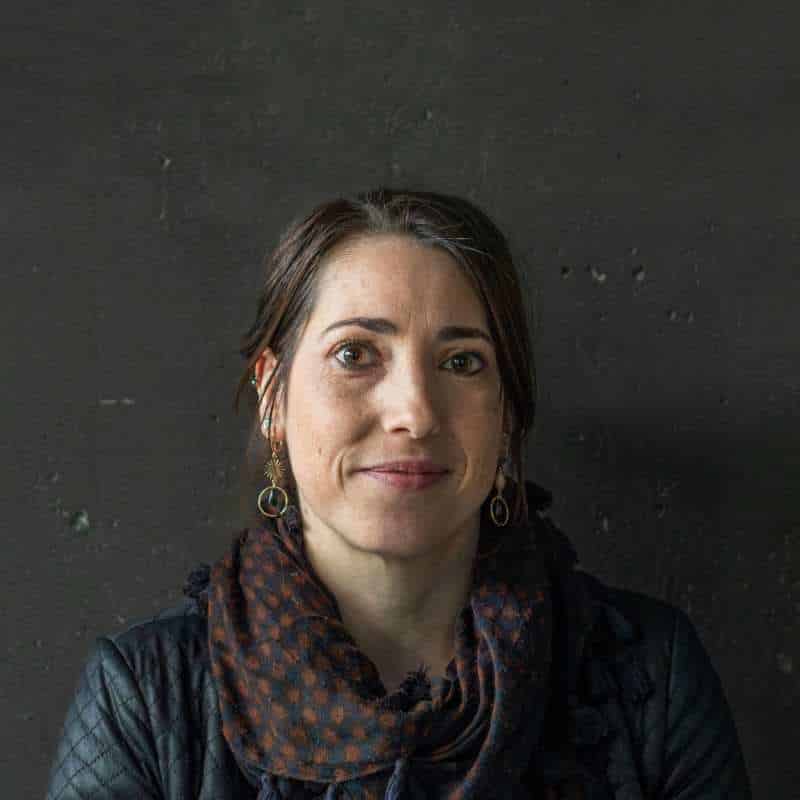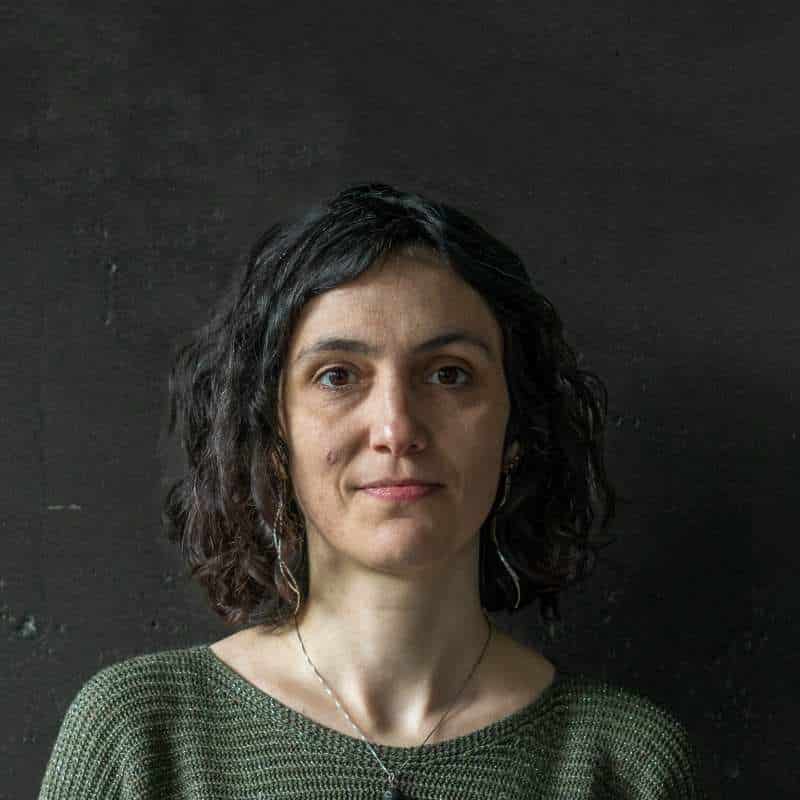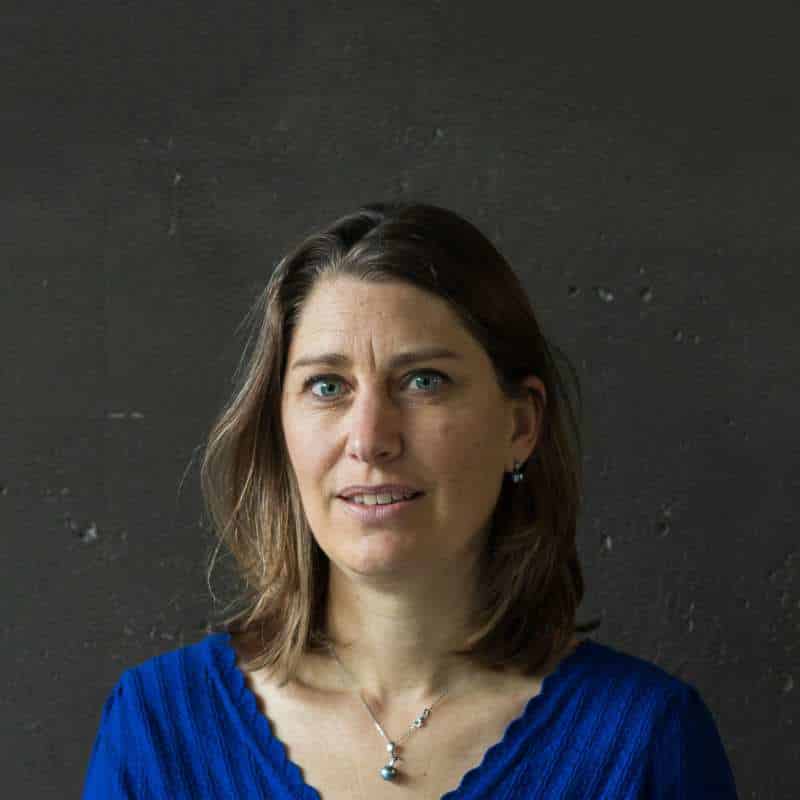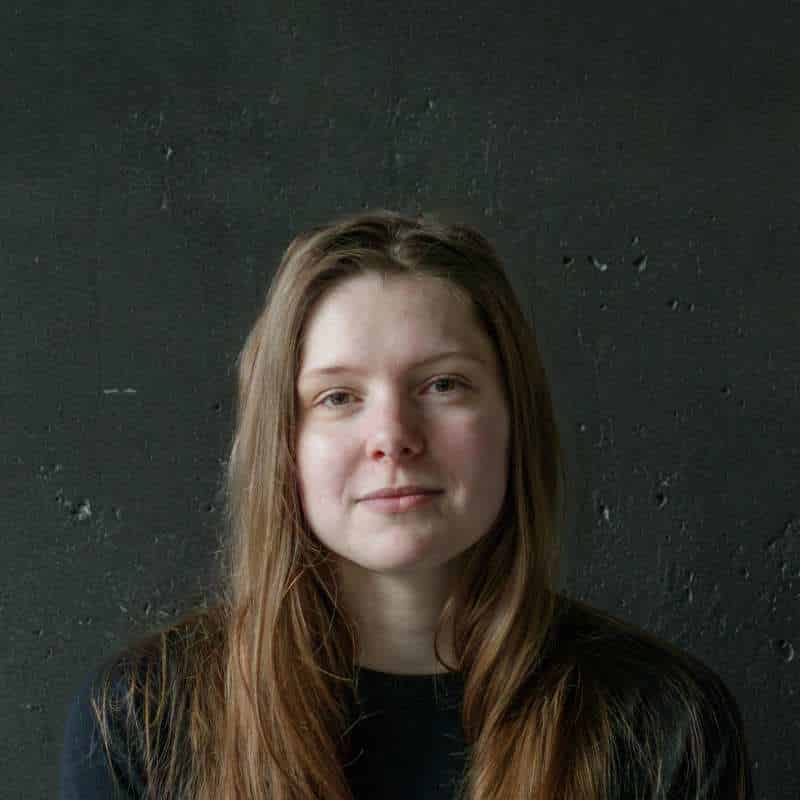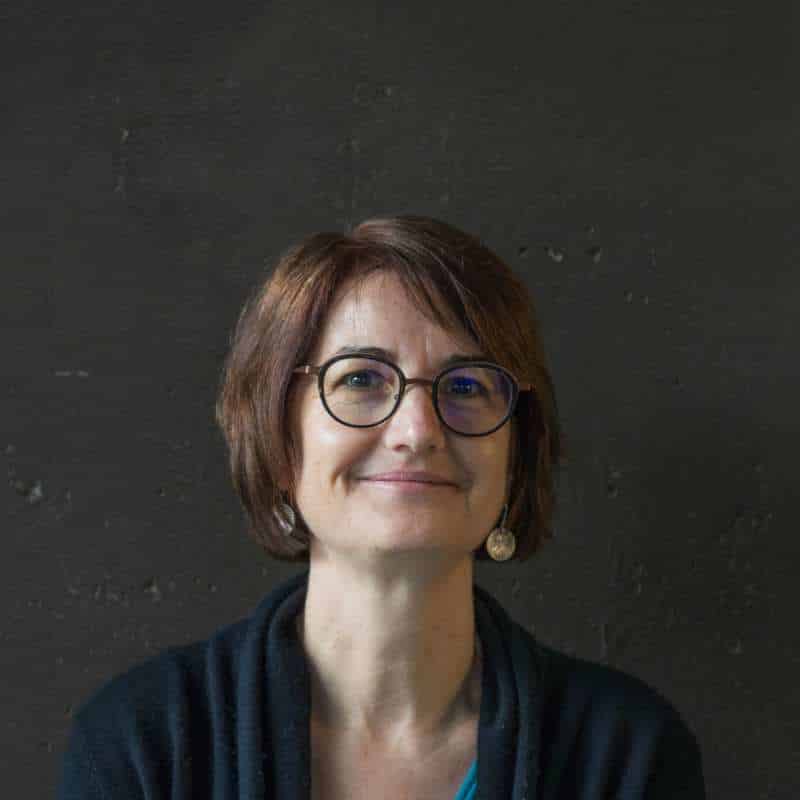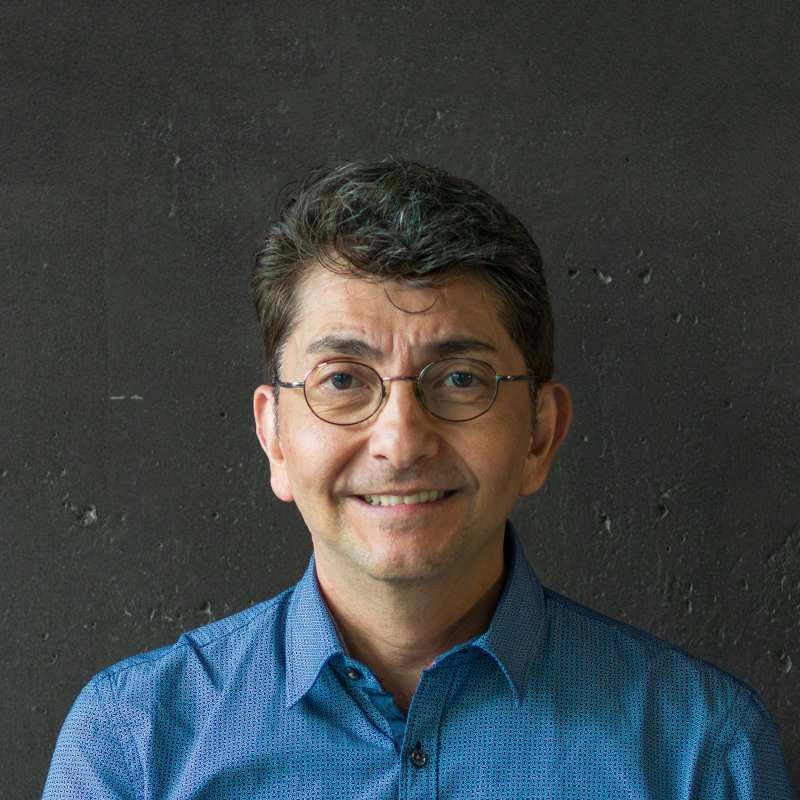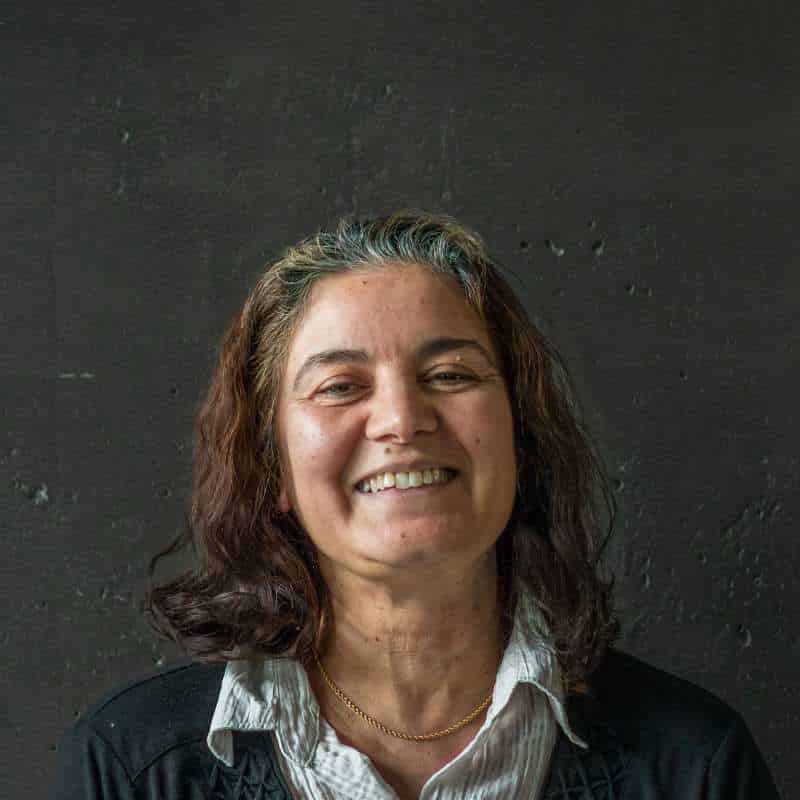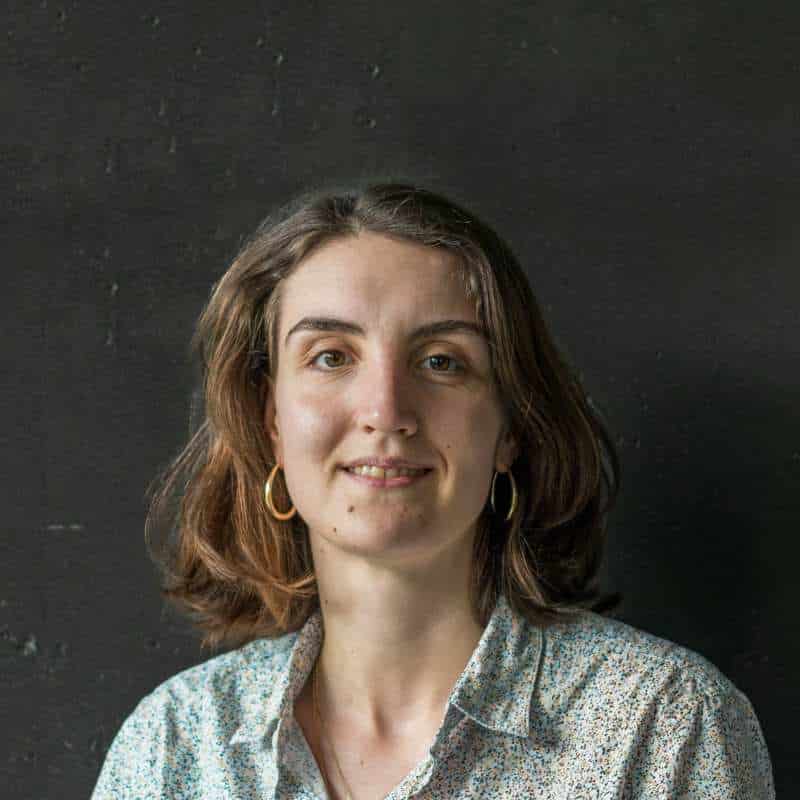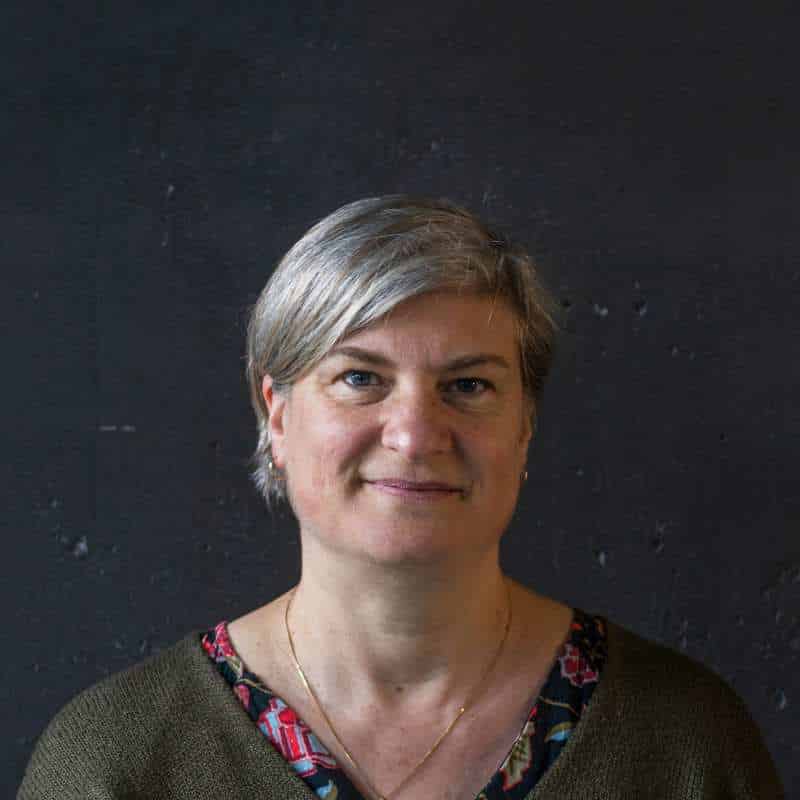Research interests:
I am interested in the bacterial surface. This is in direct contact with its environment and is often a determining factor in the interactions between the bacteria and its host. Some bacteria have complex structures on their surface, ranging from a membrane to more external structures such as a capsule. Since 2009, I have been interested in the surface of Clostridioides difficile, which consists of a thick peptidoglycan to which polysaccharides (PSI and PSII) are attached. PSII allows the attachment of CWP proteins (cell wall proteins), some of which are involved in colonisation phenomena. There is also a lipoteichoic acid (LTA) anchored to the membrane.
Research in progress :
Surface Project:
Bacterial surface-associated glycans are interesting therapeutic targets. Three anionic PS have been identified in C. difficile: PSI, PSII and LTA/PSIII. PSI, present in a minority of strains, contains a penta-glycosyl phosphate repeat unit, whereas PSII and LTA are present in all strains. PSII consists of hexa-glycosyl-P repeats and LTA is a lipid-bound glycosyl-P polymer containing glycerol. Their role in the lifestyle of C. difficile has not been determined, although their use as antigens has been studied. We identified a large PS locus containing 17 genes, some of which are probably involved in PSII synthesis, while others are probably required for LTA synthesis. With the exception of another locus dedicated to flagellar glycosylation, the PS locus is i) the only large PS biosynthetic locus in strain 630 and ii) located immediately downstream of the major cell wall protein (CWP) locus. CWPs, including the major surface-associated protein, the S-layer protein SlpA, possess tandem copies of a motif called CWB2. CWB2 motifs bind to PSII, allowing the non-covalent anchoring of CWPs to the cell wall.
The objectives of the ANR-funded project are therefore i) to define whether one or both of PSII and LTA are essential for bacterial viability and cell surface integrity, ii) to identify and characterise the specific enzymes involved in the biosynthesis of PSII and/or LTA in order to target them with inhibitors, and iii) to test PSII and LTA as vaccine components.
Food project:
C. difficile is a major cause of infectious diarrhoea, mainly acquired in hospitals. However, some studies suggest that direct person-to-person transmission accounts for less than 25% of infections. In addition, there has been a sharp increase in community-acquired cases in recent years, the origin of which remains to be elucidated. Whole genome sequencing has shown that the majority of cases of C. difficile infection in a hospital ward are not caused by a single strain of C. difficile. These data suggest the existence of a reservoir of this pathogenic bacterium outside hospitals. In fact, C. difficile is ubiquitous in the environment and is a common food contaminant. Against this background, it seems important to take a ‘One Health’ approach to the problem of C. difficile infections in order to gain a better understanding of where C. difficile spores are found in the environment and how animals and humans can become contaminated. In this project, we therefore propose to develop a rapid and reliable detection tool based on an electrochemical immunosensor coupled with magnetic preconcentration to monitor the presence of C. difficile spores in food matrices and human faeces.
